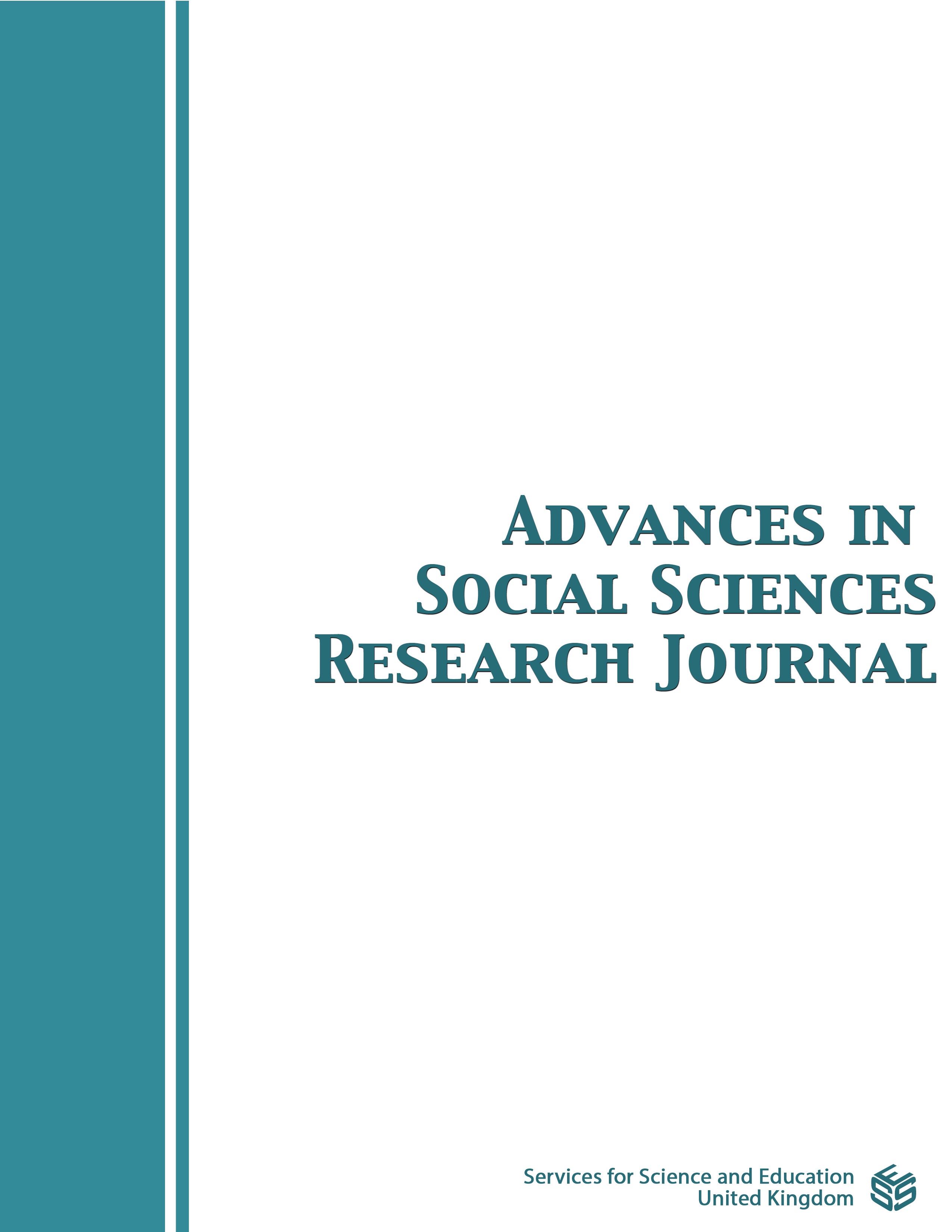Standardising Curriculum Development in the Higher Education Institutions using Higher Education Commission
DOI:
https://doi.org/10.14738/assrj.98.12798Keywords:
Curriculum development, educational standards, higher education commission (HEC)Abstract
Because of the lack of a body which can control higher education or make standards that can be shared, the majority of higher education institutions in the Somali Federal Republic fail to have structured and clearly defined curriculum plans. Moreover, some do not even realise the importance of curriculum for their institutions, let alone having clearly defined objectives or goals for educational institutions to achieve in educating society. A curriculum is a map which guides the institution regarding its educational objectives. It is an assessment of how an educational institution defines those objectives. It is also the methods and means through which an educational institution maps out a way for students to find their way to success as defined by those objectives. An institution that plays the role to create a standardised curriculum in higher education is the national higher education commission (HEC). An HEC can stand as a body which regulates higher education, post-secondary education institutions, universities and other public and private higher education institutions. This paper will focus on the importance of curriculum development using examples where HEC can control and set standards which higher education institutions must follow. The paper will particularly try to answer the following questions: (i) How HECs can prescribe guidelines and conditions under which educational institutions set quality curricula, (ii) How HECs can monitor and evaluate the performance of educational institutions, and (iii) How HECs can advise institutions to develop appropriate curricula which balance teaching and learning.
References
Andrade, Disruptive Innovation. IntechOpen. Available: https://www.intechopen.com/online-first/a-responsive-higher-education-curriculum-change-and-disruptive-innovation. Accessed: 25/05/2019.
Brunsson Nils, Rasche Andreas and David Seidl (2012): The Dynamics of Standardization: Three Perspectives on Standards in Organization Studies, SAGE Journals. Available: https://pdfs.semanticscholar.org/163b/1677e33f25862686e6625585d9b52aabed18.pdf. Accessed: 28/06/2019.
Dezure, Deborah (2010): Innovations in the Undergraduate Curriculum, Encyclopedia of Education. Available: https://education.stateuniversity.com/pages/1896/Curriculum-Higher-Education.html, Accessed: 25/05/2019.
Dowson, M., McInerney, D. M., and van Etten, S. (2007). The state of play in standards and standards reform. In D. M. McInerney, S. van Etten, & M. Dowson (Eds.), Standards in Education (pp. 3–12). Charlotte, NC: Information Age Publishing.
EAU (2017): EAU East Africa University Quality Assurance Standards. Available: www.eau.edu.so. Accessed: 28/06/2019.
Elken, Mari (2017) Standardization of (higher) education in Europe – policy coordination 2.0?, Policy and Society, 36:1, 127-142. Available: https://www.tandfonline.com/doi/full/10.1080/14494035.2017.1278873?scroll=top&needAccess=true. Accessed: 25/05/2019.
Romo, Sandra and Leinen, Shannon (2018): Standardizing Higher Education Curriculum for Effective Learning in Online and Face-to-face Courses: A Critical Analysis and Introduction to Master Course Shell Models. Available: http://www.ijessnet.com/wp-content/uploads/2018/04/1.pdf. Accessed: 20/06/2019
John Brennan, Steve Ryan, Marina Ranga, Simon Broek, Niccolo Durazzi, Bregtje Kamphuis (2014): Study on innovation in higher education: Final Report. Available: http://www.lse.ac.uk/business-and-consultancy/consulting/assets/documents/study-on-innovation-in-higher-education.pdf. Accessed: 28/06/2019.
Downloads
Published
How to Cite
Issue
Section
License
Copyright (c) 2022 Abdisalam M. Issa-Salwe, Said Ahmed Ali Maah

This work is licensed under a Creative Commons Attribution 4.0 International License.
Authors wishing to include figures, tables, or text passages that have already been published elsewhere are required to obtain permission from the copyright owner(s) for both the print and online format and to include evidence that such permission has been granted when submitting their papers. Any material received without such evidence will be assumed to originate from the authors.






